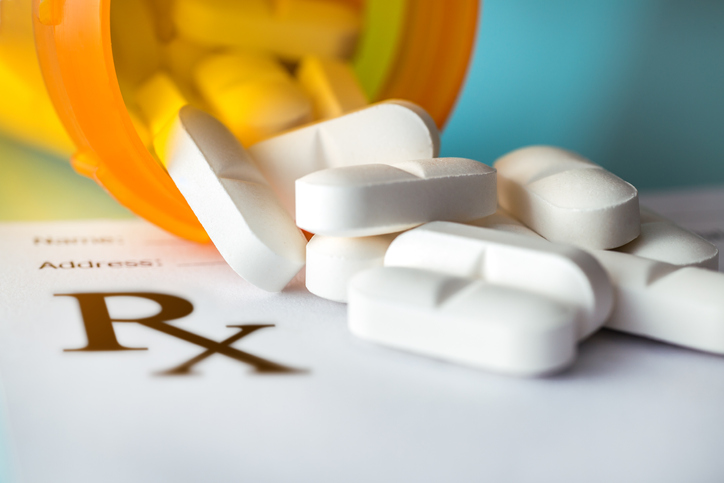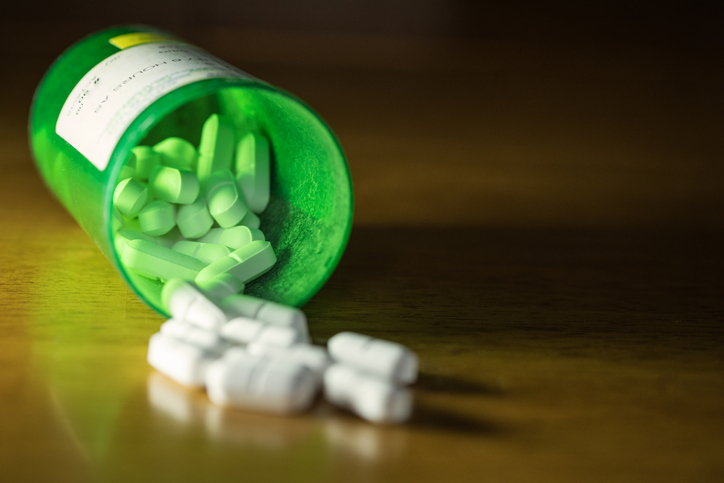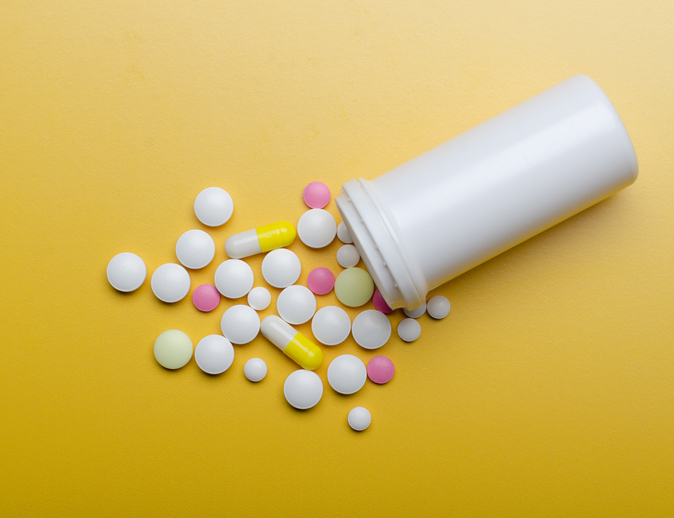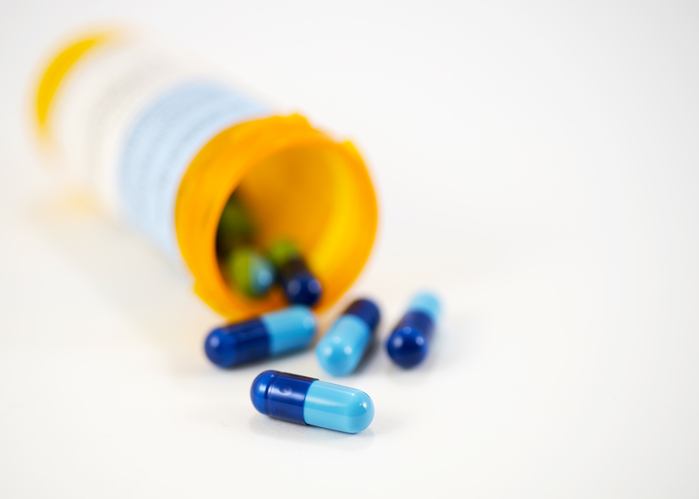Treatments
What Are Abuse-Deterrent Medication Formulations?

Abuse-deterrent formulations (ADFs) are used to prevent prescription medications from being used in an unintended manner, such as crushing a pill in order to snort it or dissolving it in order to inject it. They are meant to deter drug abuse of prescription pain medications by making it more difficult and less rewarding to abuse the medication. An abuse-deterrent product is added to the pain medication in efforts to reduce drug abuse. The purpose of the added deterrent is to make these medications difficult to crush, chew, gel or dissolve which increases the safety of opioids that are prescribed to treat chronic pain conditions. The U.S. Food and Drug Administration (FDA) is currently working with pharmaceutical companies to evaluate and label potential abuse-deterrent medications.
FDA categories of abuse-deterrent formulations
Seven categories were created by the FDA for guidance on the development of ADFs. They include physical or chemical barriers; agonist/antagonist combinations; aversion technologies; delivery system innovations; new molecular entities and prodrugs; combinations; and novel approaches.
Physical or chemical barriers can prevent manipulation of a medication. Physical barriers may be added to prevent chewing, crushing, grinding, grating or cutting of medications. Chemical barriers prevent extraction of medication using solvents, such as water or alcohol.Polyethylene oxide prevents pulverization by crushing — the medication flattens but does not break.
- Sucrose acetate is water insoluble and may be used in gel capsules.
- Super absorbent materials absorb large quantities of water to prevent crushing and swell into a hard gel when exposed to liquids.
- Lipid formulations have a reduced solubility when added to ethanol.
- Foam-forming agents contain an organic acid and generate a stiff foam when milled. This prevents syringe use. Adding other solvents results in foam growth. Coughing and irritation occurs if snorted or inhaled.
- Salt formation involves micro-spherical particles with excessive fatty acids and waxes which cause opioids to remain slow-released even if chopped or crushed. These particles do not dissolve in water or solvents.
- Complexation with ion exchange resins do not lead to an increase in drug release with increased doses taken. The release of the active ingredient in the opioid cannot be dumped due to an ion exchange reaction in the intestinal tract.
Aversion technologies render unpleasant side effects if the formulation is altered or higher doses are taken.
Agonist/antagonist combinations interfere with the euphoria associated with substance abuse.
Delivery system innovations are drug-release designs that may help prevent abuse.
New molecular entities and prodrugs deter abuse by slowing penetration into the central nervous system and altering the enzymatic activation or receptor binding.
Combinations of two or more of the above methods, including the use of naltrexone or naloxone, may be used to deter abuse.
Novel approaches that are not captured in the above categories may be used.
Medications with abuse-deterrent labeling
The FDA has approved certain categories of medications to include abuse-deterrent labeling: oxycodone, morphine and hydrocodone products. Currently, there are no generic opioids on the market with abuse-deterrent labeling. The FDA has not approved abuse-deterrent labeling for all opioids.
Addiction, physical dependency and/or tolerance to a medication can still occur, with or without abuse-deterrent properties.

















